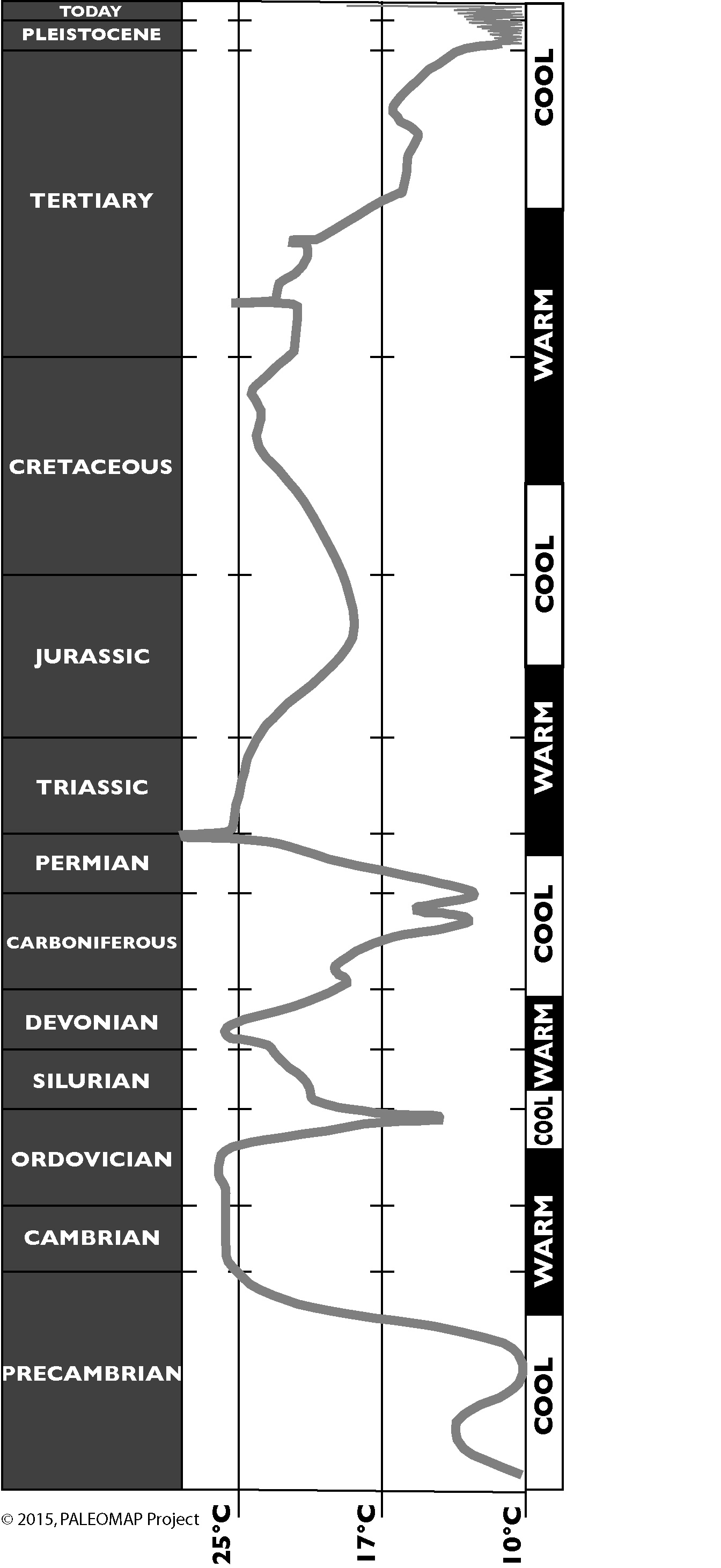bobgnote
Rookie
- Nov 24, 2008
- 1,258
- 38
- 0
- Banned
- #101
Earth to Wienerbitch! Your shit about how CO2 persists in the atmosphere for a limited time is completely irrelevant, which is usual for yours and other bitch-media. CO2 exchanges, from the atmosphere, to water, where it participates in the carbonic acid exchange and kills organisms and habitat.
Sorry guy, but there isn't a shred of evidence of either flora or fauna dying as a result of CO2 exchanging from the air to the water. I am sure that you believe it is so, but alas, not a shred of hard evidence exists to support your claim.
No evidence, except how your head is up your ass. Let's go back to the swell graph Fatass loaded, since it shows CO2 concentrations, back about 430,000 years or so, conveniently plotted against temperature rises and falls, so anybody with brain 1 instead of half a demented mind can see, how the CO2 levels out, to force both peaks and troughs, in temperature, to fall or rise, to shift equilibrium, at limits.
Interesting how you guys like to go deeper back into the ice age and claim that CO2 levels were low. Try going back to where the last ice age began and try explaining how the earth went into an ice age with atmospheric CO2 levels at or above 1000ppm.
CO2 increases as it warms and guess what, we are in the process of exiting an ice age. Look at paleohistory. Time and time again the earth has entered ice ages and then warmed till such time as no ice exists at one, or both poles. What we are experiencing is the norm, not some catastrophy called upon us by the internal combustion engine.
420,000 years. That isn't even an eyeblink in geological time.
This is what the earth's climate history looks like. Take a good long look and tell me what you believe is out of the ordinary here. Obviously, the earth is going to continue to warm until such time as the temperature reaches a mean of about 25C at which time once more, there will be no ice, anywhere. It is how the cycles go and like it or not, we are just along for the ride.

Your image isn't loading Wienerbitch. And you aren't looking at Fatski's graph, very closely. A consistent forcing relationship exists, where CO2 levels off, at 180 ppm at troughs, and at 280 ppm at peaks, to force temperature either up or down. This is unbroken, except for presently, when CO2 shot up, to 400 ppm, and we have yet to experience all adjustments to that or the methane emissions.
Damn, you sure a stupid!

Did you look, this time? Now reload your image, and I'll look at it.





